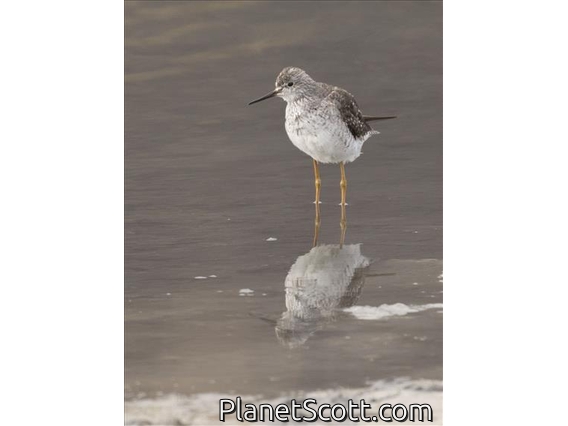Lesser Yellowlegs (Tringa flavipes)

Lesser Yellowlegs (Tringa flavipes)

Lesser Yellowlegs (Tringa flavipes)

Lesser Yellowlegs (Tringa flavipes)



×




Lesser Yellowlegs (Tringa flavipes)

Lesser Yellowlegs (Tringa flavipes)

Lesser Yellowlegs (Tringa flavipes)
About Lesser Yellowlegs (Tringa flavipes)
- Kingdom: Animals
- Phylum: Chordates
- Class: Birds
- Order: Pelicans
- Family: Sandpipers and Allies
The lesser yellowlegs is a medium-sized shorebird. It breeds in the boreal forest region of North America.
Source: Wikipedia
Visits
-
-
2012-07-10
Arrowwood NWR, United States of America -
2012-07-11
McKenzie Slough, United States of America -
2012-08-12
Redwood Shores - Radio Road, United States of America -
2012-09-07
Heron's Head Park, United States of America -
2013-04-16
Aransas NWR (CTC 037) (Aransas Co.), United States of America -
2013-04-17
Brazoria NWR (UTC 108), United States of America -
2013-04-18
Galveston Island, United States of America -
2013-04-19
Bolivar Peninsula, United States of America -
2013-04-19
Anahuac NWR (UTC 049), United States of America -
2014-07-20
Potter Marsh, United States of America -
-
-
2016-09-07
Urubamba, Peru -
-
-
-
-
-
-
-
-






